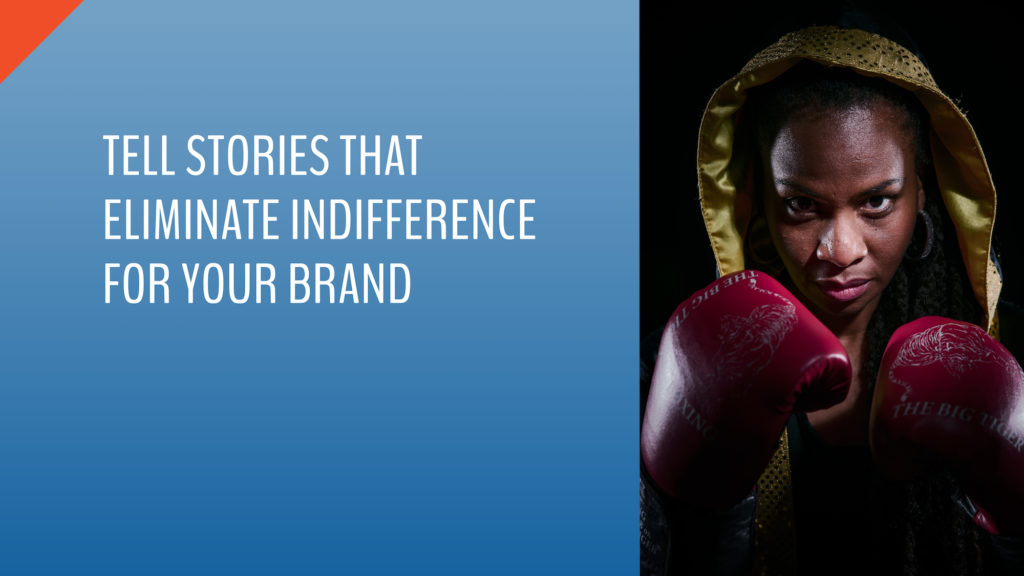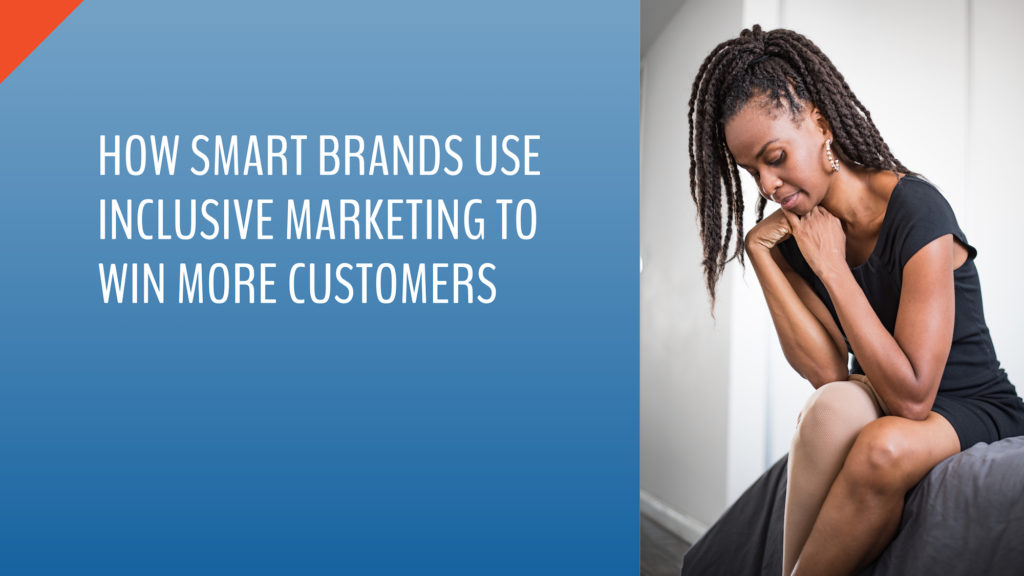
In business, indifference is your enemy. The goal is to get your customers to feel something for you, your brand, your products, and services. Those feelings form the basis of deeper, emotional connections your customers have with your company. The second indifference starts to creep in when your customers “don’t care” if they work with you or not, it means they are out the door in search of something or someone else to satisfy their needs.
The question is, how do you inject more emotion into the work you do? For many brands, that is through content produced or the experiences provided. According to both Gary Vaynerchuk and Harvard professor Bharat Anand, every brand should think of themselves as a media company.
Every brand delivers an experience whether they plan to or not–and every company uses words. Whether or not they do so strategically, it becomes easier to see opportunities to tell stories that spark the kind of emotions that draw your customers to you.
Consider your website, social media channels, customer on-boarding documents, product descriptions, or even the signage you use to get people where they need to be. Think about how you can utilize simple stories with these tools to induce emotions to make the experiences your brand delivers, unforgettable.
Last week, I watched the movie Creed II. The storytelling in the movie and in the trailer put me on an emotional rollercoaster that kept me riveted. Here are three key lessons from this film’s effective use of emotion that you can utilize in your own business.
1. Tap into familiar characters and plot lines.
Creed II is a spinoff of the Rocky franchise of movies. In fact, Sylvester Stallone is one of the main characters. And while the Creed storyline has its own plot, the second installment of the movie heavily leaned into existing drama established more than 30 years ago in Rocky IV, the most financially successful film in the Rocky series.
As you think about injecting emotion in your business, don’t feel like you have to start from square one. Leverage the equity in familiar characters and plot lines to tell stories that draw your customers in.
The stories don’t even have to be your own. For instance, many companies tap into the David and Goliath plot line. When Apple first came on the scene, they were trying to topple a big and entrenched competitor, Microsoft. It took a little while, but eventually, Apple succeeded to become the first trillion dollar company in the U.S.
2. Everyone loves a good underdog story.
We just can’t get enough of them. We love it when we see someone who triumphs, especially when all the odds were against them. Boxing movies are prime opportunities for underdog stories, and Creed II is no different.
Sara Blakely is the founder of apparel brand Spanx and a self-made billionaire. As a door-to-door fax machine salesperson, she started the company with her entire savings of $5000 and no business experience. Initially, she struggled to get manufacturers to even make a prototype. But Blakely persisted until she built the behemoth company that exists today.
As you think about your own origin story, look for inspirational aspects of it, and ratchet up the elements that signal “you weren’t supposed to win, but you did.”
3. Fight a common enemy.
Outrage is a powerful emotion. It moves people into action. Thus when you’re able to tap into existing negative feelings toward a source that both you and your ideal customers want to defeat, use that as fuel to stir up the emotions needed to draw your customers closer to you.
In Creed II, there were several “enemies” that emerged on screen. You could feel the collective energy in the theater shift in disgust at the very sight of one character in particular.
Take some time to consider what common enemy you share with your customers. That enemy doesn’t have to be a person or even a competitor. It can be as simple as a cause you feel strongly about.
After seeing children in a village in Argentina, Toms founder Blake Mycoskie identified the brand’s enemy as children without adequate shoes to protect their feet. From there, he launched the company with the “One for One” principle in mind: for every pair of shoes purchased, one goes to a child in need.
You can overcome indifference for what you produce. Select one of the methods above and test it out in the stories you tell about your brand.




